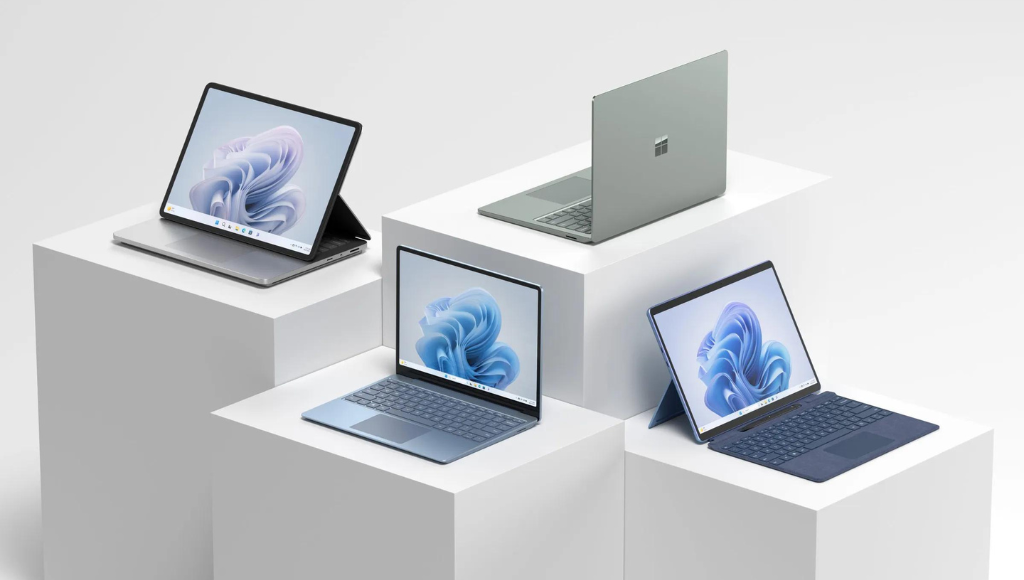In a recent press release, Nvidia, the world’s foremost supplier of chips for artificial intelligence (AI) applications, has introduced its latest breakthrough: the next generation of superchips, designed to tackle the most intricate generative AI workloads. This revolutionary platform, named GH200 GraceHopper, boasts an unprecedented feature: the world’s first HBM3e processor.
Combining Power: The Birth of GH200 GraceHopper
Nvidia’s ingenious GH200 GraceHopper superchip is the result of merging two distinct platforms: the Hopper platform, housing the graphic processing unit (GPU), and the Grace CPU platform, responsible for processing needs. These platforms, named in honor of computer programming pioneer Grace Hopper, have been seamlessly amalgamated into a singular superchip, paying homage to her legacy.
From Graphics to AI: The Evolution of GPUs
Historically, GPUs have been synonymous with high-end graphic processing in computers and gaming consoles. However, their immense computational capabilities have found new applications in fields like cryptocurrency mining and AI model training.
Powering AI through Collaborative Computing
Notably, Microsoft’s Azure and OpenAI have harnessed Nvidia’s chips to build substantial computing systems. By employing Nvidia’s A100 chips and creating infrastructures to distribute the load of large datasets, Microsoft facilitated the training of GPT models, exemplified by the popular ChatGPT.
Nvidia’s Pursuit of AI Dominance
Nvidia, the driving force behind chip production, now seeks to independently construct large-scale data processing systems. The introduction of the Nvidia MGX platform empowers businesses to internally train and deploy AI models, underscoring Nvidia’s commitment to AI advancement.
The GH200 GraceHopper: A Leap Forward in Superchip Technology
Nvidia’s achievement in crafting the GH200 superchip can be attributed to its proprietary NVLink technology, which facilitates chip-to-chip (C2C) interconnections. This innovation grants the GPU unfettered access to the CPU’s memory, resulting in a robust configuration that offers a substantial 1.2 TB of high-speed memory.
Unveiling the HBM3e Processor
The GH200 GraceHopper is distinguished by the inclusion of the world’s inaugural HBM3e processor, surpassing the computational speed of its predecessor, HBM3, by an impressive 50%. In a single server setup, featuring 144 Neoverse cores, a staggering eight petaflops of AI performance can be achieved. With a combined bandwidth of 10TB/sec, the GH200 platform possesses the capability to process AI models that are 3.5 times larger and 3 times faster than previous Nvidia platforms.
Nvidia’s Unrivaled Market Position
Having briefly entered the $1 trillion valuation echelon earlier in the year, Nvidia commands over 90% of the market share in chip supply for AI and related applications. The demand for GPUs extends beyond training AI models to their operational execution, and this demand is poised to escalate as AI integration becomes commonplace. Evidently, not only chip manufacturers such as AMD, but also tech giants like Google and Amazon, are actively developing their offerings in this burgeoning sector.
Charting a Technological Course: GH200’s Arrival
The unveiling of the GH200 GraceHopper superchip solidifies Nvidia’s status as the premier technology provider. Anticipated to be available for users in Q2 2024, these groundbreaking chips promise to reshape the landscape of AI processing, further establishing Nvidia’s dominance in the industry.






